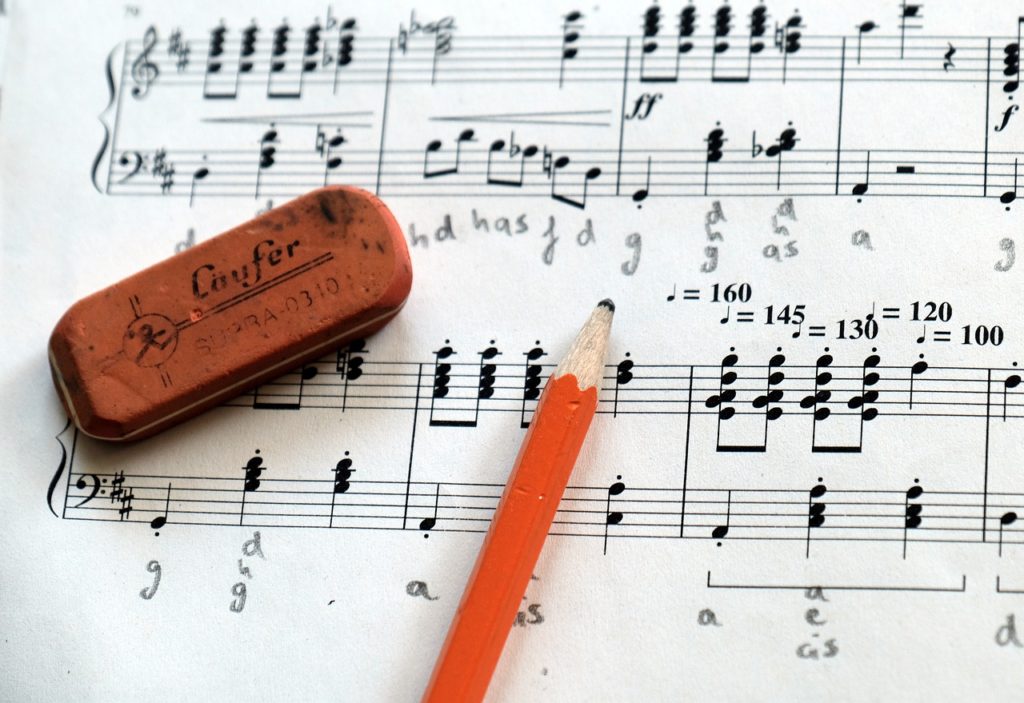Music teachers, do you have students that complain that the music’s too hard? Or do they act out a lot? This happens when students worry that they will fail. How can we, as music teachers, fix the situation? Read more to learn how to deal with students who act out in music lessons. Estimated reading time 5 minutes.
Read More

